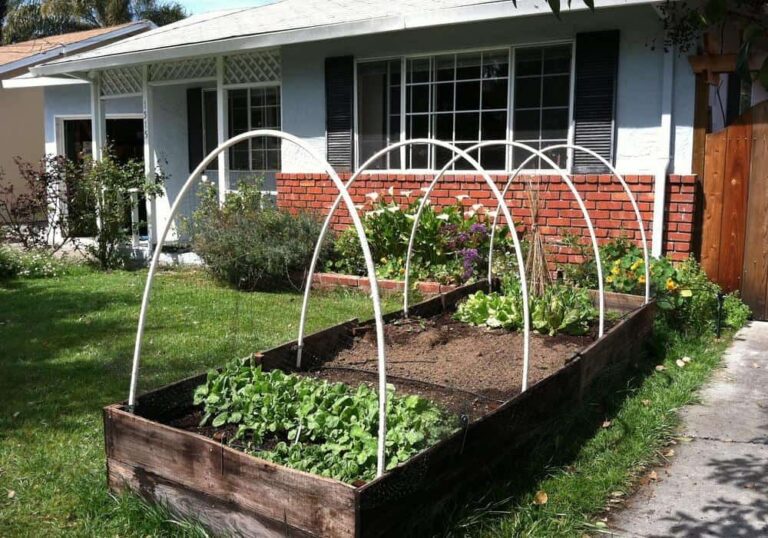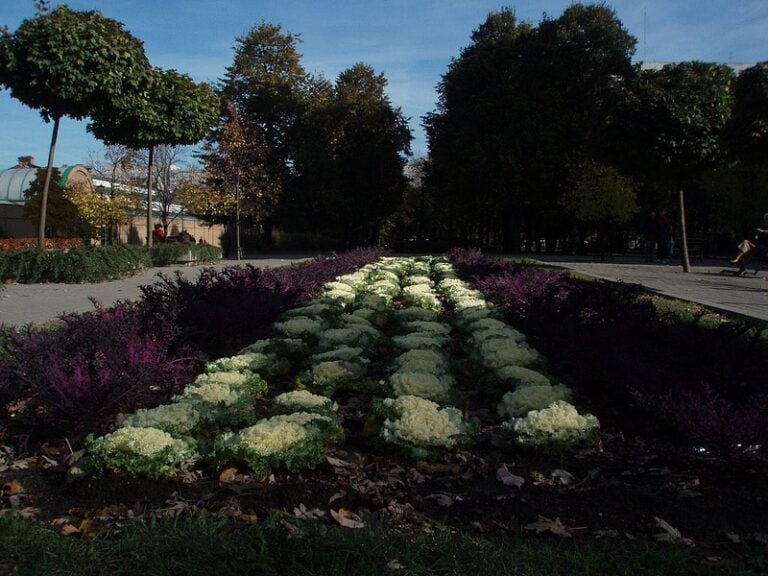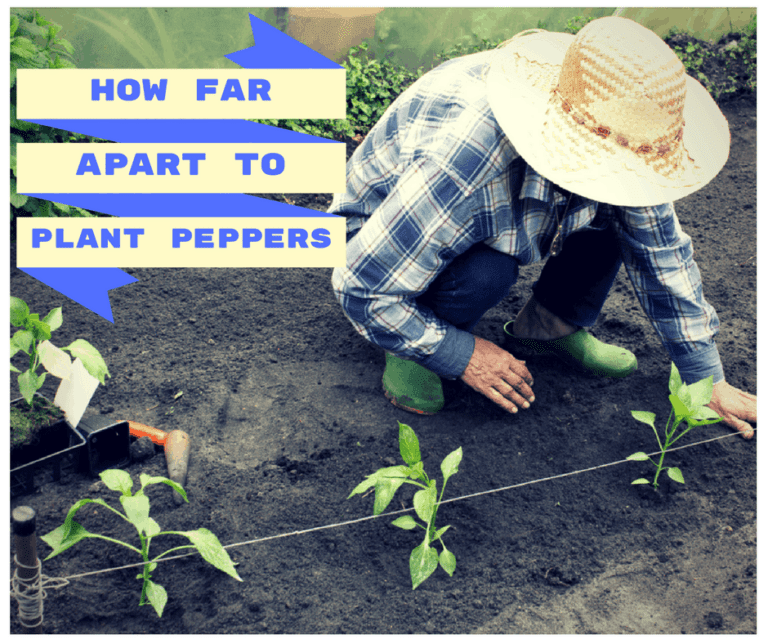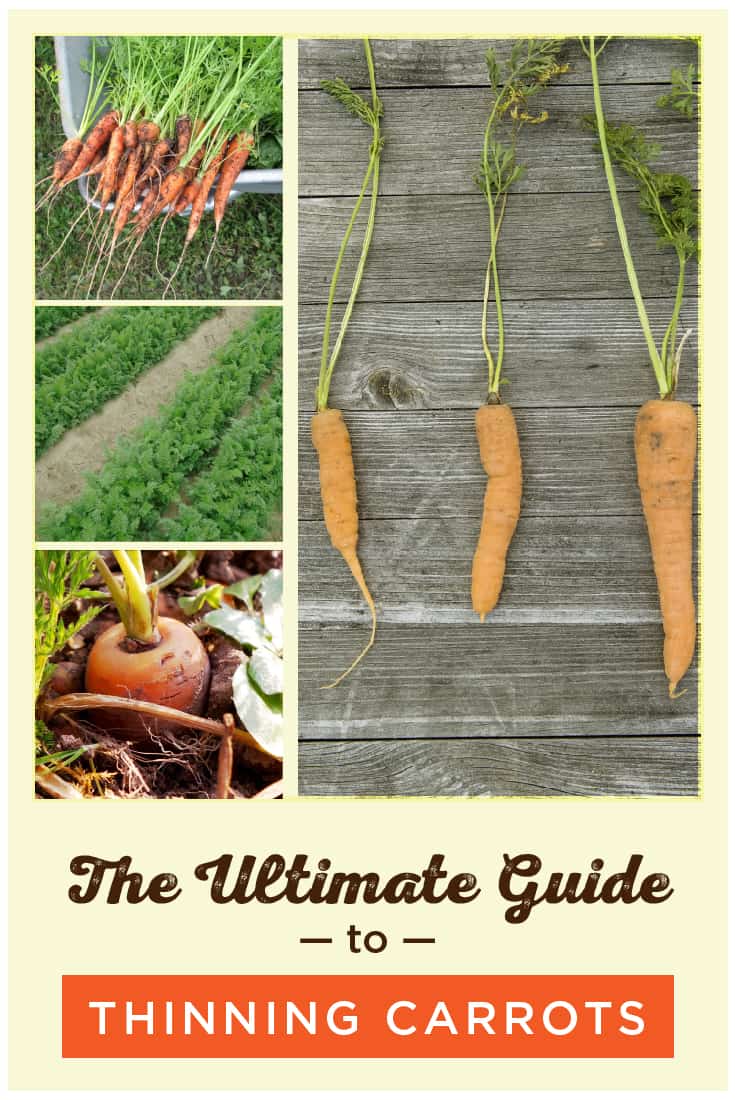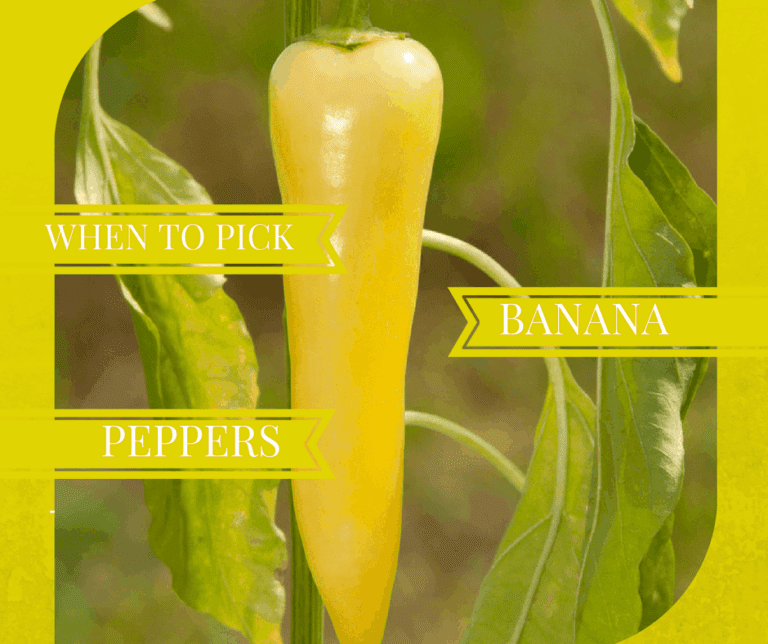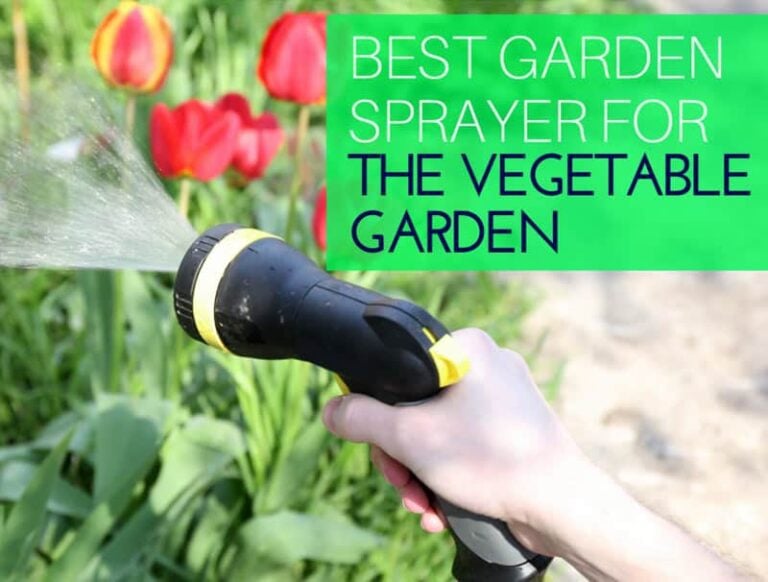What Is Compost? The Gardener’s Guide
You might notice that in many gardening guides compost is recommended as an alternative to animal origin fertilizer.
Good for the plants and easy to make, compost is one of those elements you would want to use to grow strong and healthy veggies. But if you’re new to gardening, what is compost might be one of your most frequently asked questions.
So, let’s see what is compost, how to make it and why you should use it.
What Is Compost
Compost is a blend of natural substances, the result of the controlled composting process, used as fertilizer or manure in agriculture. To understand what compost is we must first understand composting.
Composting is the equivalent of the natural process of decomposition through which nature decomposes the organic matter that is no longer useful. In nature, the decayed organic matter such as rot fruits, dead leaves, dead animals and animal feces are decomposed by insects and microorganisms present in the soil to humus, carbon dioxide, water, and minerals.
If you have doubts about the humus, no, we didn’t misspell the name of that delicious dish, we actually speak about a chemical compound present in the terrain that has a dark brown color and that is formed of various degraded materials.
As said above, composting is the equivalent of this natural process but made in a controlled environment, either at home or industrially, in reduced time.
Compost, and subsequently composting, are not new to agriculture and gardening. In fact, our ancestors used a form of composting by mixing animal feces with decayed fruits and vegetables and straws, creating in this way a highly nutrient fertilizer.
Humanity evolved, but composting and compost remained pretty much the same. The techniques of making compost are definitely improved, the time to produce it is reduced, but compost is still made of a mixture of moist and dried organic materials that are no longer needed.
Types Of Compost
There are three major types of compost: young, ready and mature.

Young compost is the compost in its early stage, usually at two to four months after beginning the composting process. This type of compost is very rich in nutrients and can be successfully used as a fertilizer if you want to apply it on the soil’s surface.
I wouldn’t recommend applying young compost on the roots of a plant, though, because it is little stable and the decomposition process might damage the plant.
Ready compost is the compost that already finished the composting, thus decomposition, process. This type of compost is stable but less adequate to be used as manure. You could use it to fertilize the soil before seeding or transplanting the vegetables. You will have ready compost after 5 to 8 months.
Advantages Of Using Compost
1. Compost improves the structure of the soil, according to the University of Illinois. In fact, the soil structure refers to how organic and inorganic particles combine to create the structure of the ground. A terrain that is rich in compost will have a crumbly texture, allowing a proper airflow and a good water drainage. On the contrary, a clay-like soil will not allow a proper drainage and airflow and the roots of your plants will most likely struggle to grow.
2. Compost also increases the nutrient content of the soil. This happens especially with the fresh compost if let to completely decompose directly on the ground. The decomposition of the organic matter present in your compost will add vital nutrients to the soil, such as potassium, nitrogen, phosphorus and other minerals.
3. The use of compost reduces the water consumption. Generally, fertile soil keeps moisture for a longer time compared to unfertile soil, so compost will actually help you keep the costs of the water bill low.
4. Compost also reduces pests and plant diseases. In fact, the insects and microorganisms that feed on decomposing organic matter rarely attack the plants but they keep away the natural pests of your vegetables.
5. Compost is good for the environment. It helps reduce the greenhouse gasses and to clean up the contaminated soil. In the first case, organic matter decomposing on the soil transfers a great part of its compounds to the ground and not to the atmosphere. That includes the methane, a gas that contributes to the global warming. In the second case, through the composting process, the organic matter absorb the volatile organic substances emitted by pesticides and other harmful chemicals.
Having so many advantages, it is easy to understand why many gardeners promote the use of compost. Compost is even easy to make, and I have to admit that I rarely buy it. Let’s see how to do it.
How To Make Compost
To make compost, you must first understand what organic matter you can use. You will be surprised to find out that you will be able to use almost all of your organic trash.
For the moist fraction of the compost, you can use fruit and vegetable skins and stones, rot fruits and vegetables, egg shells, bones, rotten bread, coffee grounds, organic tea bags, grass.
For the dry fraction, you can use shredded leaves, sawdust, straws, wood chips, branches and sticks, paper, cooking paper, cardboard.
As you can see, a great part of your trash can be used to create highly nutrient fertilizer or soil. With this true “gold mine” staying in your trash bin, the only logical thing to do it to make your own compost as frequently as you can.
Making compost begins with a compost pile.
To build your pile, you should choose a shady spot where you can easily add your organic trash all year long. Ideally, the spot should have easy water access and you should build your compost pile below some trees that lose their foliage during winter.
This is important because in winter you would want to keep the compost in full sunlight to dry the humid matter faster.
Before beginning to build the pile, place a generous layer of wood chips on the ground and build your compost pile on top of it. It will avoid the formation of mud if it rains or when the snow melts.
Add organic trash to the compost pile until it reaches a height between 2 and 5 feet.
The secret to making a good compost lays in a correct mixing of the trash. A correct mixing will help you avoid problems such as putrefaction, with the consequent bad odor. In fact, correctly made compost shouldn’t have a bad smell at all.
To mix the trash you have to alternate layers of humid trash and layers of dry trash. If in doubt, check the indications above to find out what humid and what dry trash you can use. The water contained by the humid trash is enough to create a good compost. For this reason, if you experience heavy rainfalls, cover the compost with a plastic foil.
A proper airflow is also essential to promote the composting process. For this reason, try to not compress the layers excessively.
If you don’t have a proper spot where to make compost, you can make it in a compost heap. A compost heap is usually a hole dug in the ground where you can simply throw the layers of trash. It might be an alternative to the pile, but the truth is that it will be difficult to maintain the humidity under control.
For this reason, if you can’t or don’t want to make a pile, I suggest investing in a composter.
A composter is a plastic, wood or wire container with volumes up to 250 gallons. The composters have various types of closures and you can either find a suitable one in commerce or build your own.
The advantage of using a composter begins with the aesthetic aspect, as you will not have your landscape ruined by a pile of trash decomposing in the background. The compost will also be protected from the atmospheric conditions and everything will be more hygienic.
Many composters present lateral doors that will allow easy access to the content. Plastic composters usually have openings that allow a proper airflow. Beware of those plastic composters that don’t present these openings as they might ruin your compost.
Making compost in a composter is really simple. Put a layer of wood chips on the bottom of the composter than add layers of trash as described above. After about 3 or 4 months you will have to remove the compost from the composter, mix it and put it back in.
After about 6 months you will notice that the bottom part of the trash has been transformed into a brown material similar to the humus found in the woods. This compost is already ready to use. However, I suggest leaving the compost to dry in the sun for a few days before using it.
Secrets For Making A Good Compost
Making compost is simple, but a few secrets can help you make compost like a pro.
The first secret when making compost is choosing the right spot where to make the pile or locate the composter. You should choose a spot that is not exposed to direct sunlight but that is not excessively humid either.
Another essential characteristic of the terrain is the inclination of the spot. Ideally, you should make your compost on a flat terrain.
To make a high-quality compost, you should also learn what to add to the pile and what organic trash you’d better discard. The truth is that there are a few types of fruit you might want to avoid adding to the compost pile and also some organic trash you would never have thought to be compostable.
In fact, while you can add most of the fruits to the compost, others, especially citrus fruits, and the walnuts shouldn’t be added to the compost pile. Citrus fruits can make the compost acid and the walnuts contain a natural aromatic substance that is toxic to some plants.
Speaking of organic trash you would never have added to the compost pile, here is a list:
- Cork caps: if you opened a bottle, or more, of wine, don’t just throw away the cork. Cut it into small pieces and add it to your compost pile.
- Leftover wine or beer: cork is not the only wine-related element you can add to the compost. In fact, in the unlikely event of not consuming all your wine or beer, you can add the leftovers to the compost pile. Both wine and beer can stimulate bacteria to grow, therefore they will facilitate the composting process.
- Latex gloves or accessories: many don’t even think about it, but latex is a natural, organic material. You can add to the compost latex gloves, balloons, condoms and other latex objects.
- Cotton disks: cotton disks are used especially to remove makeup, but they can be added to the compost after use without negative effects on its composition.
- Natural tissues and fibers: from old clothes to linens, carpets, and bamboo accessories, everything made of natural fibers can be used as composting material.
- Dry animal food: if you have leftover dry food from your cat or dog, just throw it in the composter.
- Hair, animal fur, and feathers: all these are organic materials that transform into highly nutrient compost.
Final Thoughts
Now, you not only know what compost is, but you actually learned how to make your own.
Have you ever tried making your own compost? Do you have any tips or questions? Please leave a comment below.
And don’t forget, if you don’t want to make compost, you can always buy it from a nursery!

